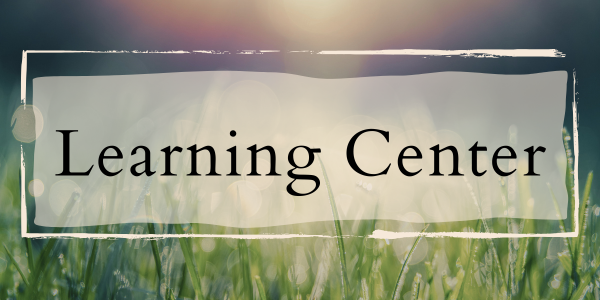BCTA/NA Guidelines for Education
BCTA/NA Approved Teacher training and application requirements are based on the Guidelines for Education established by the Association to ensure standards of excellence in training Biodynamic Craniosacral Therapy practitioners.
Each applicant entering a teacher training program with a BCTA/NA-Approved Teacher is required to first submit a “Letter of Intent” to apprise the BCTA/NA of their intention to become an Approved Teacher and explain why they are interested in teaching Biodynamic Craniosacral Therapy (BCST).
The applicant must also sign a letter of agreement to comply with the following BCTA/NA Guidelines for Education in establishing their own training program.
1. BCST certification training is 700 hours
- Classroom instruction: 350 hours
- Sessions performed on practice clients outside of class. Practice clients are non fee-paying clients; one session equals one hour of work: 150 hours
- Sessions received from a registered craniosacral therapist: 10 hours. Students may receive their sessions from any RCST®. It is recommended that students receive sessions from at least three (3) different RCST® practitioners. When receiving sessions from the teaching team, the session provider will acknowledge the dual relationship.
- Independent project such as a research paper or equivalent demonstration of learning: 40 hours
- Required independent study (reading, drawing, etc): 150 hours
2. Class pre-requisites and student to teaching staff ratio
- There must be at least one (1) BCTA/NA Approved Teacher in the classroom at all times for graduates to be eligible to apply for RCST® membership with BCTA/NA.
- We also encourage having the same lead teacher present the entire time. If you need to function within a different teaching model (multiple teachers, rotating in and out of modules), it is Important to have that information clearly stated to all students prior to the class starting. This gives students a clear understanding on what to expect, and how the class container will be held by the teaching staff. Consistency in the teaching team creates an important part of student safety.
- Each training is limited to a maximum of 30 students. This requirement ensures not only the safety but also the quality of the learning experience for each of the students
- The required student to teaching staff ratio is 5 to 1.
- To be considered a viable training that qualifies for teaching assistantship certification or Teacher Training certification, a training must have no less than 6 students.
3. Requirements for Teaching Assistants:
- Graduation from a BCST foundation training taught by a BCTA/NA-Approved Teacher.
- RCST® membership in good standing of BCTA/NA before the start of the Foundation Training.
4. Requirements for Teacher Trainees:
Same requirements as Teaching Assistants PLUS:
- Receive personal supervision as needed (supervision is highly recommended after each training module
- Submission of “Letter of Intent” at the beginning of Teacher Training
- Participation in curriculum development for the overall course and each training module.
- Supervised teaching with formal feedback from their mentor and other members of the teaching team. A minimum of at least seven (7) presentations is required; ideally the Teacher Trainee will teach a section in each module.
5. Requirements for Teachers:
Teachers are to receive personal supervision as needed. Their basic requirement is the same as RCST® member of BCTA/NA:
- Fulfill the requirement of a minimum of four (4) self-care/self-development sessions a year, to be documented and submitted with their annual membership renewal.
- This requirement ensures all RCST® practitioners and teachers participate in some self-reflection with a professional, to discuss and address the potential for issues like transference and countertransference, and assist the holding of a clear and neutral container for the work.
Personal supervision/self-care is highly recommended for each teaching team member and student after each training module. The main intention of supervison/self-care is to create time and space for self reflection and processing of personal issues that arise for a student or teacher.
Fulfillment of Students' Self-Care Requirement: Students can fulfill self-care requirements in a wide variety of venues including one-on-one professional therapy, professional group therapy, a workshop, or a conference setting. If you are a self-care provider for your students and cannot fulfill their required self-care sessions, other professionals that can give one-on-one supervision include:
- RCST® teacher or practitioner with at least eight (8) years’ experience
- Professional counselor
- Licensed Clinical Social Worker (LCSW)
- Psychotherapist
- Any qualified professional therapist familiar with issues that come up between clients and therapists, and students and teachers.
6. A student is encouraged to stay with the training they started.
This guideline supports the psychological safety and trust of the entire group. When a student’s individual reasons require moving to a different training, it is important to consider supporting both the students in the current training and the individual being integrated in a different training.
7. All courses shall be organized and taught in accordance with these BCTA/NA standards:
8. Exceptions:
Information on Approved Teacher Foundation Training Exemptions for Exceptional Circumstances can be found HERE.
Teacher Approval Quick Links:
|


